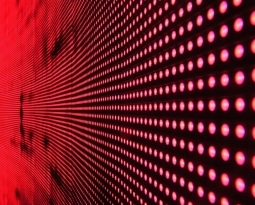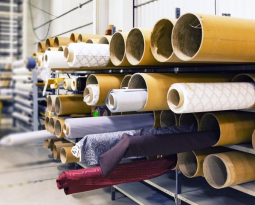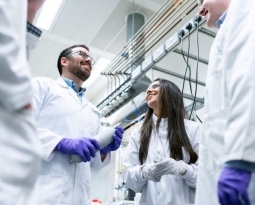Pennsylvania Patent of the Month – January 2023
We’ve all had those nights where sleep just won’t come. Those nights impact the following day, making us groggy and unable to focus. If it is a continuous issue, it can even impact your mental health. Apollo Neuroscience, Inc. has designed the first wearable that helps you fall asleep.
Most wearable technology simply tracks your sleep cycle and lets you know how your night went, after the fact. Apollo Neuroscience’s recently patented system helps to facilitate falling asleep using a transcutaneous vibration – which means vibrations which pass through the skin. The transcutaneous vibratory output is designed based on the desired target state – sleep, calm, relaxation – and can be modified to avoid habituation. The system also incorporates user feedback and sensor-based measurements to track if the target state has been achieved and make necessary adjustments.
The user just indicates their desired state and the wearable processor takes it from there, generating a transcutaneous vibratory output based on the desired target state. The vibration can be adjusted based on the subject’s sensory thresholds and can be modified based on user feedback. The system also takes into account physiologically sensed data such as heart rate, respiration rate, and galvanic skin response to determine if the target state has been achieved. If the desired state is not achieved, the system may generate a second transcutaneous vibratory output. This transcutaneous vibration helps to manipulate the autonomic nervous system, moving the body from a state of chronic stress to a state of relaxation. The targeted
Apollo Neuroscience has made it possible for individuals to take control of their mental well-being. With its innovative technology, users can now prime themselves to achieve a desired state of mind, maintain it, and even make adjustments if needed. The company’s technology provides a convenient and non-invasive solution to mental wellness, making it accessible to people from all walks of life. Their technology has been studied in six different clinical trials, with nine more underway.
Are you developing new technology for an existing application? Did you know your development work could be eligible for the R&D Tax Credit and you can receive up to 14% back on your expenses? Even if your development isn’t successful your work may still qualify for R&D credits (i.e. you don’t need to have a patent to qualify). To find out more, please contact a Swanson Reed R&D Specialist today or check out our free online eligibility test.
Who We Are:
Swanson Reed is one of the U.S.’ largest Specialist R&D tax advisory firms. We manage all facets of the R&D tax credit program, from claim preparation and audit compliance to claim disputes.
Swanson Reed regularly hosts free webinars and provides free IRS CE and CPE credits for CPAs. For more information please visit us at www.swansonreed.com/webinars or contact your usual Swanson Reed representative.

















